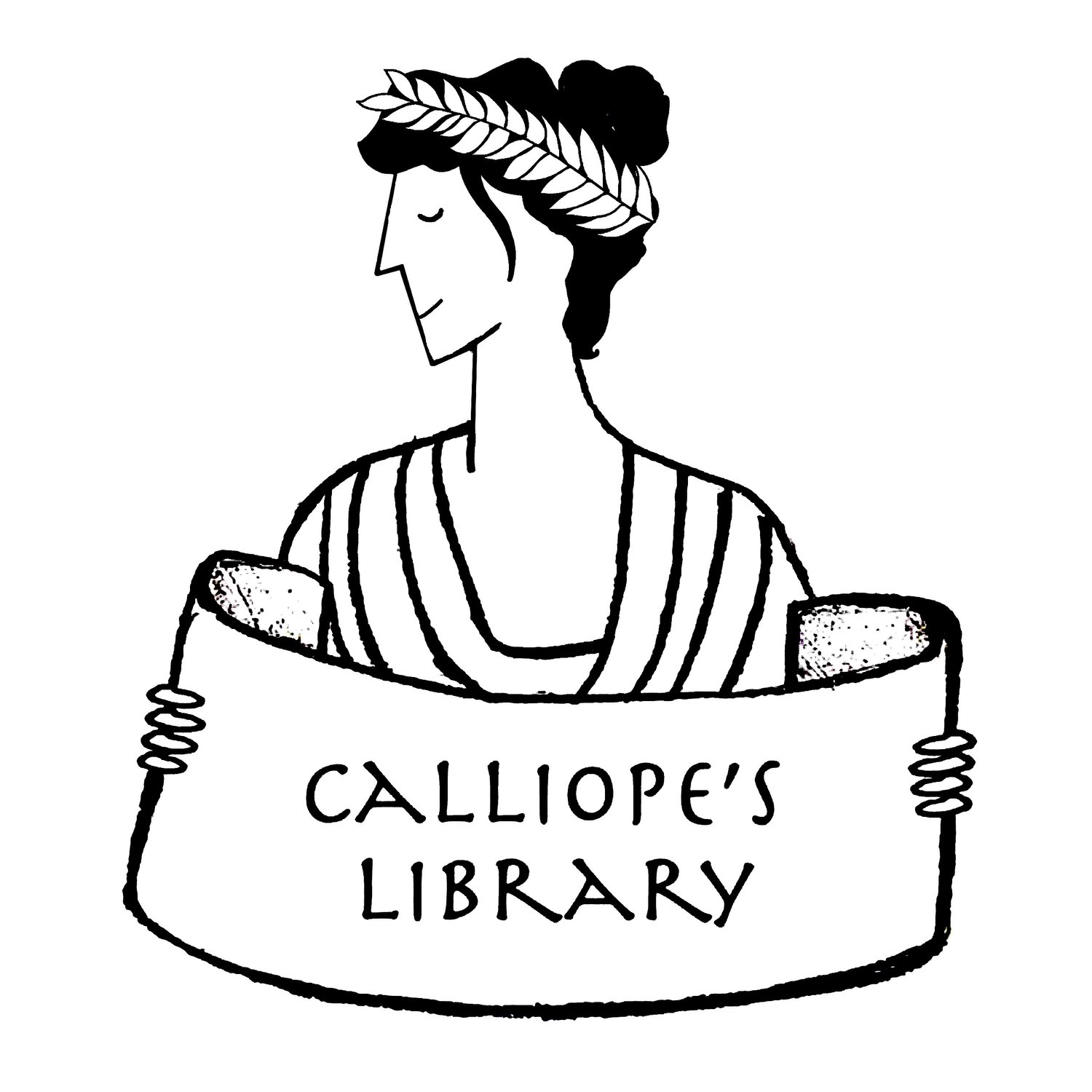Title: The Eagle of the Ninth
Author: Rosemary Sutcliff
Date: 1954
Tags: Middle grade, Novel,Rome, Roman Britain, Ancient worlds, English
Readers interested in a scholarly approach to children’s literature may consult this title on Our Mythical Childhood Survey*
Rosemary Sutcliff’s The Eagle of the Ninth, the first of her many novels set in Roman Britain, takes place in the early second century C.E. A young Roman centurion named Marcus Flavius Aquila, badly wounded in battle, is invalided out of the army. While recuperating at the home of an elderly uncle and grieving for the loss of the only life he knew, he makes new connections: with his uncle Aquila; with Esca (a Briton, formerly enslaved, whom Marcus purchases and later frees); with Cottia (a young British woman who lives next door), and with Cub, a young wolf he has raised. After undergoing a second operation on his injured leg, Marcus learns that the eagle standard carried in battle by the lost ninth legion (in which his father served) has reappeared and may be stirring up trouble among the British tribes of the north. He and Esca undertake a dangerous journey north of Hadrian’s Wall to find and retrieve the eagle; in the course of this adventure, he also regains his father’s ring, an emerald on which a dolphin is engraved. This ring will appear in a number of Sutcliff’s later novels, as they tell the stories of Marcus’s descendants. The Eagle of the Ninth is an adventure story; a story about self-discovery and friendship; and a story about the complexity of the connections and differences between cultures. The primary point of view is Marcus' (therefore Roman) but we are given multiple points of access to British perspectives: through Cottia, through Esca, and through those Marcus and Esca meet on their travels. – Deborah Roberts
* For further information on the Our Mythical Childhood Survey, please refer to the website of the project “Our Mythical Childhood” [link: http://omc.obta.al.uw.edu.pl/], led by Prof. Katarzyna Marciniak at the Faculty of “Artes Liberales,” University of Warsaw, Poland, with the participation of Bar Ilan University, University of New England, University of Roehampton, University of Yaoundé 1, and other affiliated scholars, within the funding from the European Research Council (ERC) under the European Union’s Horizon 2020 Research and Innovation Programme (grant agreement No 681202).


